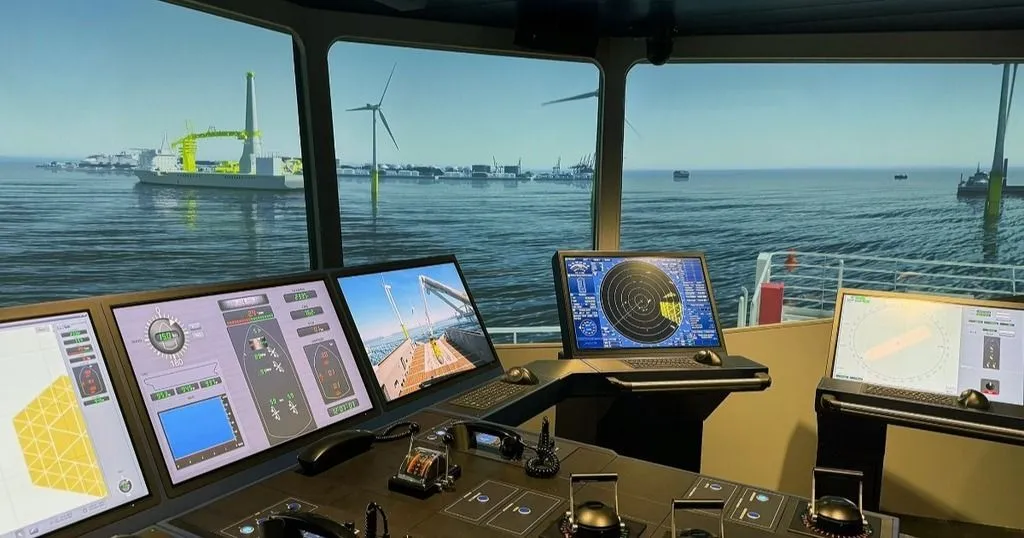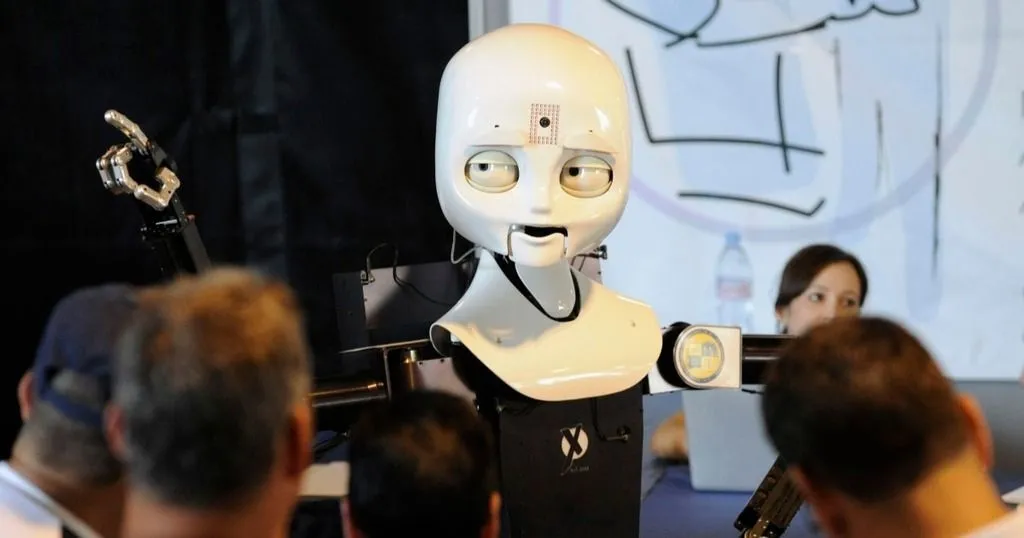Human Factors and Ergonomics research in the spotlight
We want to set the spotlight on new developments and publications in Human Factors and Ergonomics research. From maritime simulation centers to the use of video observations in human factors research.
Posted by
Published on
Fri 14 Jun. 2024
Topics
| Human Factors | On-site Research | The Observer XT | FaceReader | NoldusHub | Simulation |

The Human Factors and Ergonomics Society was founded in 1957. Today it is the world’s largest scientific association for human factors and ergonomics professionals.With over 3,500 members globally, comprised of psychologists, designers, and engineers, all of whom have a common interest in designing systems and equipment to be safe and effective for the people who operate and maintain them.
Human Factors and Ergonomics research in the spotlight
Every year the Human Factors and Ergonomics Society (HFES) organizes a major scientific event where colleagues can discuss recent developments in Human Factors and Ergonomics research. We have been exhibiting at their annual meetings regularly over the past years. This year the HFES Annual Meeting is organized in Chicago, IL from October 13-17, 2025. We want to set the spotlight on new developments and publications in Human Factors and ergonomics research.
Human factor research in a ship bridge simulator
The Maritime Research Institute Netherlands (MARIN) in Wageningen is one of the world's leading maritime research institutes. They have developed a brand new 'seven oceans simulation center' that was officially opened in May 2024. These groundbreaking facilities showcases several advanced simulators, including an emission-free ship powered by hydrogen and wind propulsion, a maintenance vessel equipped with cranes and underwater drones for offshore wind turbines.
This top-notch simulator center enables MARIN to dive into Human Factors research and analyze ship crew performances under challenging circumstances. This is made possible with a Noldus toolkit for human factor research. Thanks to the integrated technology of NoldusHub, evidence-based behavioral research can be conducted in various virtual training settings, and help optimize communication, interaction and performance.
Take a look in their playground, and how they do multimodal research into human decision- making.

Study: Assessing user’s acceptance of voice assistant advertising within human-machine interaction
Researcher Elaine Mathe used FaceReader during her study about voice assistant marketing. As the user base for digital assistants grows, so does the potential for marketing through voice assistants. However, there is a lack of research on this subject, especially regarding user acceptance, leaving significant knowledge gaps in this emerging field.
The experiment
In this study, the researcher aimed to assess user acceptance of voice assistant advertising within human-machine interaction. The methodology employed a combination of experimental and quantitative methods, with a focus on autonomic responses to voice assistant marketing.
The experiment involved 25 participants divided into experimental and control groups, who interacted with a concealed voice assistant while the researcher manipulated the assistant's responses to gauge user reactions. This approach aimed to provide insights into the effectiveness of voice assistant advertising. Continue reading here for the findings.
FREE WHITE PAPER: Eye tracking & FaceReader
Download this white paper to learn about:
- Subconscious processes and emotion recognition
- Combining FaceReader™ and eye tracking
- Visualizing and analyzing your data
Study: Courier truck redesign
In the International Journal of Industrial Ergonomics, Hurley et al. (2012) present an interesting evaluation study. They studied the use of a standard courier truck compared to a prototype courier truck to be able to reduce the unnecessary and double - handling of packages. Since many courier truck drivers fall victim to MSDs (musculoskeletal disorders) due to everyday tasks of a courier driver, it is a logical step to work on improving their current situation. A possible solution could be an effective redesign of the courier truck.
The experiment
Hurley et al. set up an experiment in which they used a simulated delivery route where courier truck drivers had to deliver small, lightweight boxes along with large, heavy boxes. By using four cameras, the researchers captured all the behaviors of the truck drivers. A set of muscles were selected and surface EMG was collected to capture the demands of the distal upper extremity, shoulder and lower back which Hurley et al. identified as highly loaded body parts during previous observations of courier drivers.
Integrate EMG data with video observations
The video and EMG data were loaded and synchronized into video analysis software The Observer XT. All of the tasks performed were coded using the program. The researchers explain that this allowed for the assessment of the task performed, timing of tasks, number of lifts, location of lifts, and the ability to synchronize the EMG data with the specific tasks being performed.
FREE TRIAL: Try The Observer XT yourself!
Request a free trial and see for yourself how easy behavioral research can be!
- Work faster
- Reduce costs
- Get better data
Suitable intervention?
Hurley et al. conclude that the productivity improved with the prototype courier truck. Also, all ten courier drivers rated the prototype courier truck as being superior to the current truck. The researches gained a lot of knowledge by observing the prototype courier truck.
One of the biggest changes between trucks was the number of times the cart was lifted on and off the truck.
When wanting to prevent MSD’s, a redesigned truck could be a suitable intervention, keeping in mind that there are several factors which play a role in the physical and mental workload of the driver.
Reference
Hurley, K.; Marshall, J.; Hogan, K.; Wells, R. (2012). A comparison of productivity and physical demands during parcel delivery using a standard and a prototype electric courier truck. International Journal of Industrial Ergonomics, 42, 384-391.
Related Posts

Human-robot interaction: Can you trust a robot?

Behind the scenes at MARIN: research into human decision making
